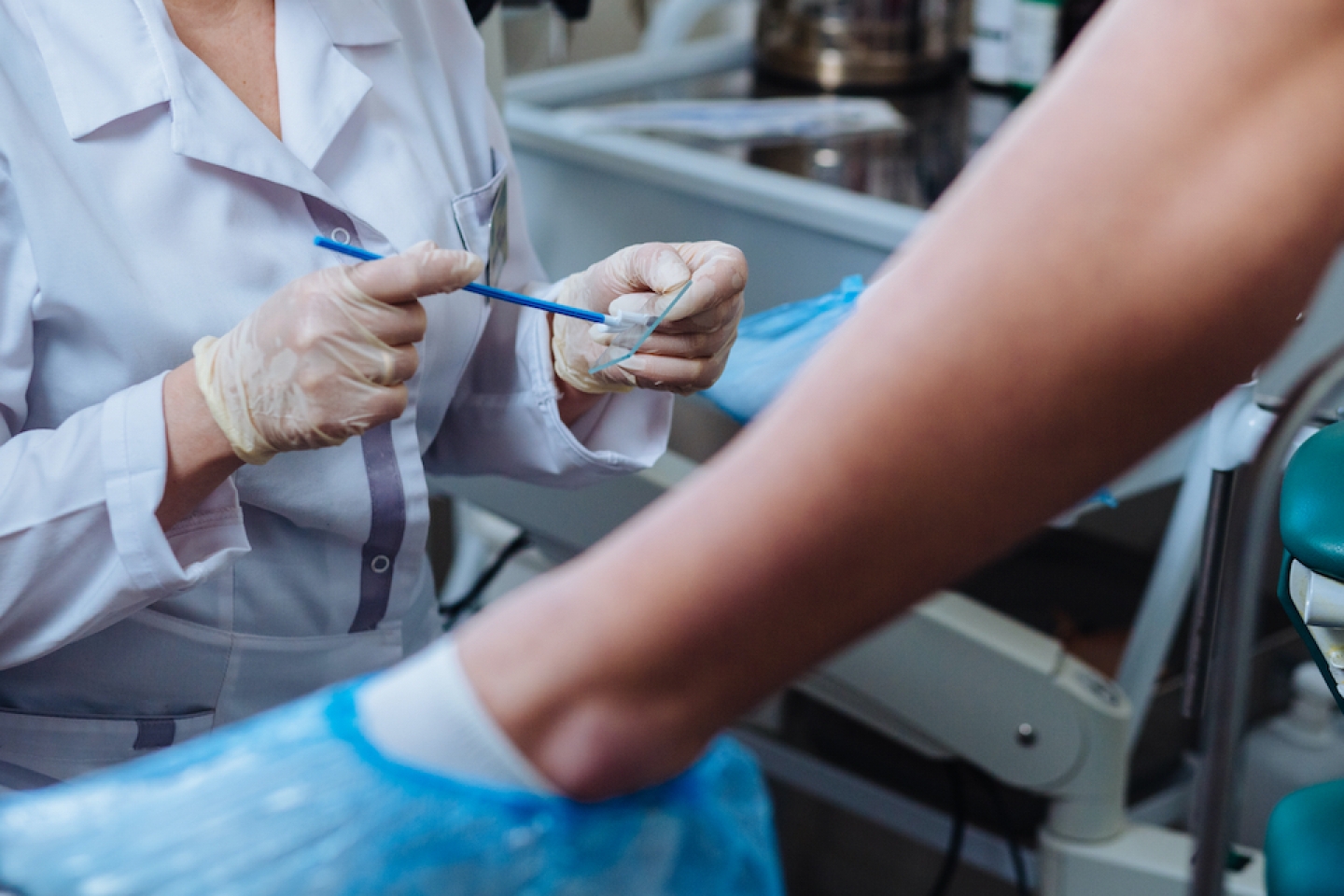
When it comes to preventing or treating cervical cancer, regular screening is the best medicine.
Cervical cancer is the third most common gynecologic cancer diagnosis in the United States and cause of death among gynecologic cancers, says Evelyn Cantillo, MD, MPH, Assistant Professor of Obstetrics and Gynecology. “Unfortunately, by the time women are having symptoms from cervical cancer, it means that the disease is large enough that we can see it on exam,” Dr. Cantillo says. That’s why screening is so important. “The best thing to keep a healthy cervix is to maintain routine gynecologic visits,” she says. “With proper screening, cervical cancer is highly preventable and treatable.”
In pre-menopausal women, the most typical symptoms of cervical cancer are bleeding during intercourse and lower pelvic pain, Dr. Cantillo says. In post-menopausal women, however, any vaginal bleeding warrants medical attention. “Post-menopausal bleeding is never normal,” she says.
The two best screening tests for preventing or detecting early cervical cancer are the Pap test (or Pap smear), which spots potentially pre-cancerous cell changes on the cervix; and, the human papillomavirus (HPV) test, which finds the virus that can cause these cell changes.
HPV is the most commonly sexually-transmitted infection in the U.S., causing almost all cervical cancers, as well as other kinds of cancer in men and women.
You should get your first Pap test at age 21. If it is normal, then you can wait three years until your next test. You should also undergo HPV screening, starting at age 25, Dr. Cantillo says. “HPV testing is not recommended in women younger than 25 because it can lead to unnecessary procedures for an HPV infection that is most likely to clear,” she explains.
From age 30 through age 65, women should have both a Pap smear and an HPV test every five years. Alternatively, you could have a Pap smear every three years, or a primary HPV test without the Pap smear every three years, Dr. Cantillo says.
Two types of HPV cause 70% of all cervical cancers, and the HPV vaccine protects against these. In fact, the Gardasil-9 vaccine protects against 90% of the HPV strains associated with cervical cancer, Dr. Cantillo says. Although it prevents new HPV infections, however, it does not treat existing infections, which is why it works best when given before any HPV exposure.
“Routine HPV vaccination is recommended at ages 11 or 12 but can be given starting at nine years of age,” Dr. Cantillo says. Women who have not had the vaccine that early can—and are urged to--receive it anytime between ages 13 and 26, she says.
Some unvaccinated adults ages 27 through 45 years may decide to get it after consulting their doctor about their risk for new HPV infections and the possible benefits of vaccination. HPV vaccination in this age range provides less benefit, as more people have already been exposed to HPV.
Even with full HPV vaccination, you need to follow recommended Pap smear guidelines, Dr. Cantillo emphasizes. “The vaccine is protective against HPV strains, but nothing is a hundred percent, which is why it's important to follow Pap smear guidelines,” she says. “A Pap smear is key because it is an excellent screening test that helps us catch cancer early.”
If you do develop cervical cancer, then you may need more than one type of treatment, depending on its stage. The earliest stages may require surgery or radiation, combined with chemotherapy. Later stages may require radiation and chemotherapy. Chemotherapy alone is often used to treat advanced cervical cancer. Adds Dr. Cantillo, “In the past year there have been some, exciting data about the effectiveness of immunotherapy in certain types of cervical cancers, and we have medication that may demonstrate durable anti-tumor activity, which is still being investigated.”